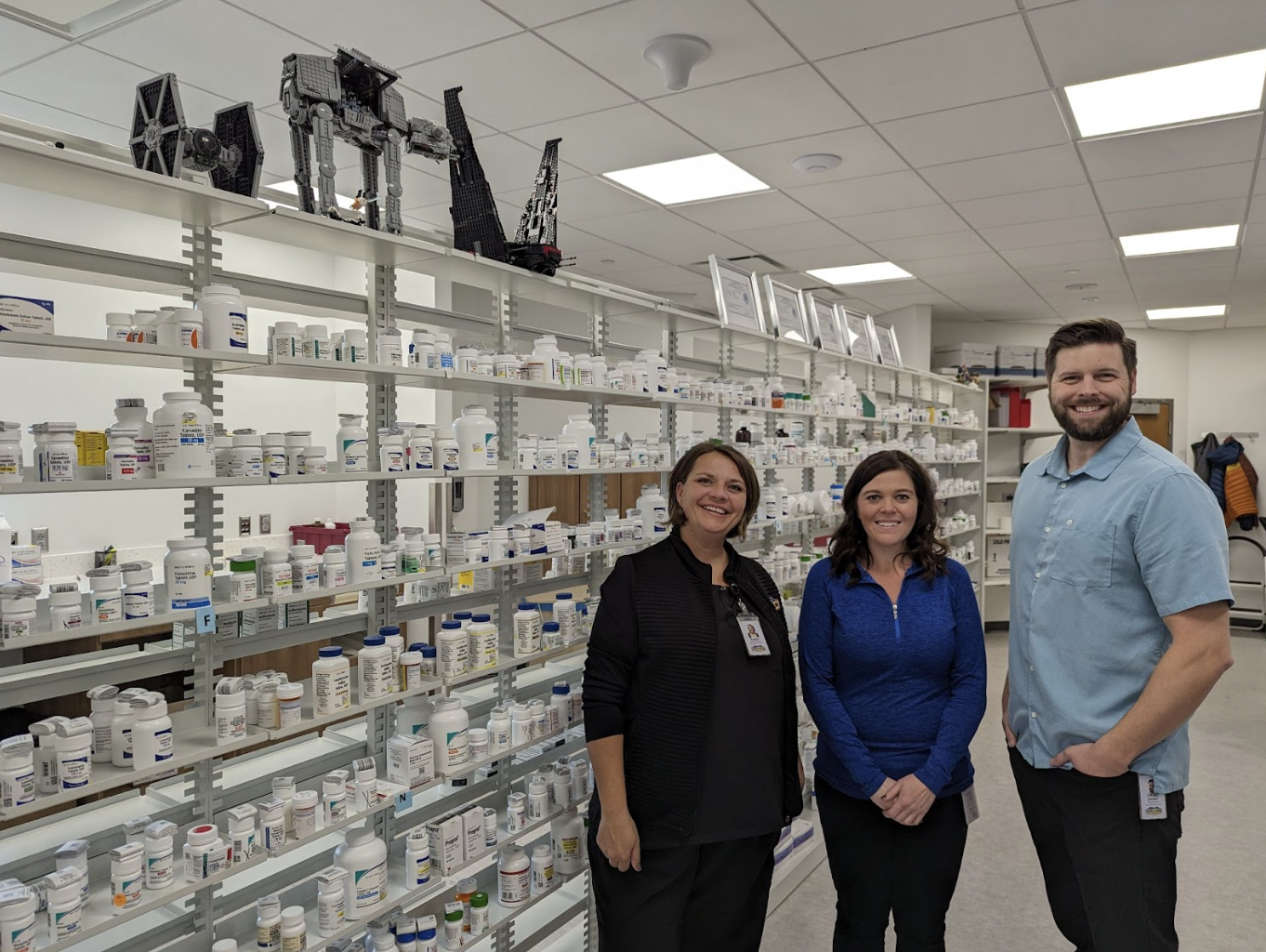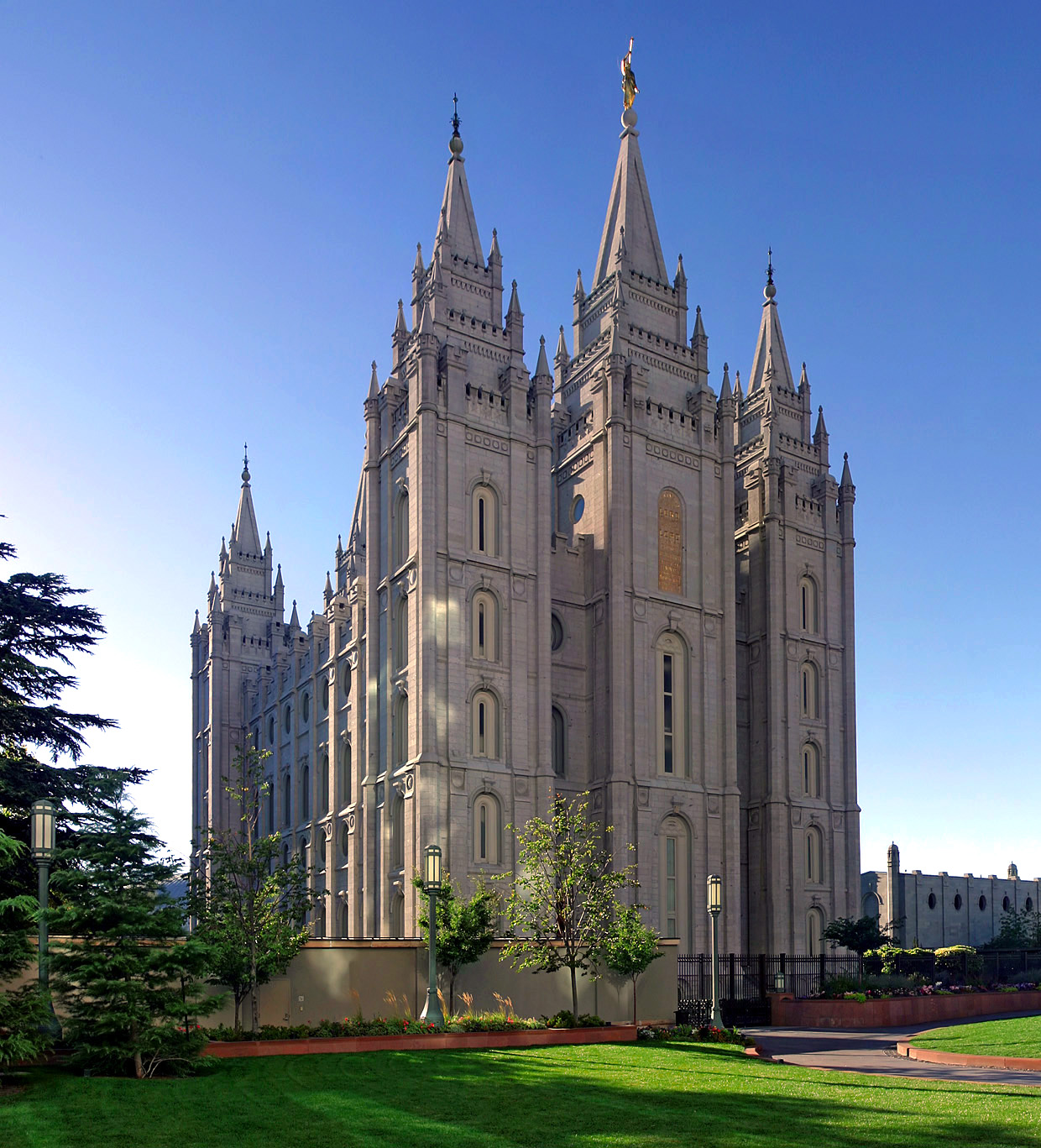Though emergency calls have increased, funding for local EMS services has remained stagnant. Over the last few weeks, the Grand County Emergency Medical Services Special Service District has begun sending emergency medical technicians to fight the various wildfires in Utah and Colorado to help other first responders and increase funding for the department in the process.
The National Wildfire Coordinating Group, the organization that writes wildfire response policy, requires that each wildland firefighting team have medical personnel on hand. Grand County EMS has had a contractual agreement with the Utah Forestry, Fire and State Lands Division to provide medical support in the event of wildfires, but in previous years the department was unable to help due to staff shortages. This year, Grand County EMS has its largest staff roster in recent memory and many staff have gained advanced certification in wildland fire.
“Whether they’re putting themselves in danger or assisting or just hanging out back at the camp making sure everybody’s hydrated, our EMS responders kind of run the gamut when they go out on these assignments,” said Grand County EMS Director Andy Smith.
That increase in staffing is one byproduct of the COVID-19 pandemic: only 20% of the department’s employees are full-time staff members and the rest work as part-time, on-call responders. Many of these EMTs usually leave the district to work as river guides or trail workers during the summer, but many of these activities were canceled or reduced due to COVID-19.
Wildland fires are fairly common in the West during the summer months, Smith explained, allowing firefighters to develop well-orchestrated processes and routines for responding to them. Those in charge conduct safety briefings every morning to update responders on fire containment progress.
“Typically, injuries are rare for the type of work that they’re doing and the dangerous conditions they’re in,” Smith continued, “but it’s just nice to be there and support in any way that we can.”
Providing medical support for wildfires also presents a unique learning opportunity for Grand County EMTs to practice their skills in different environments.
“Our paramedics, in particular, are well-suited to assisting with wildland fires because we have so many backcountry injuries and calls, which really fits what wildland firefighter medical support is,” Smith said.
“We’re often miles and miles away from any help when we’ve got to help somebody who’s hurt,” he said. “Our goal is to make sure that we’re quick and that we can be there when someone gets hurt or needs our services.”
The finances
As local governments struggle with finances due to COVID-19, medical support is not only a service that the Grand County EMS can provide to wildland firefighters, but it’s also a way for the department to make much-needed money.
Earlier in August, Grand County EMS received an assignment to send an ambulance to the Upper Provo Fire in the Murdock basin area above Kamas. The deployed crew returned nine days later, earning just over $20,000. After paying staff and other expenses, the district will make approximately $10,000.
“Like everyone else, we’re struggling with the budget but cutting where we can,” said GCEMS Board Member and City Councilmember Rani Derasary at a Moab City Council meeting on Aug. 25. “We have come up with $127,000 in reductions and expenses and are currently looking at a hit of $111,000 to our fund balance.”
Grand County EMS is funded by two main sources: from a healthcare sales tax split with the Canyonlands Health Care Special Service District and from billing some patients’ insurance for its services. Due to shelter-in-place orders that reduced visitation, both sources of funding have decreased even though the district is currently experiencing 98% of their normal, non-pandemic call volume.
“Earlier in May, we were pretty sure we were going to have to lay folks off even though the demand for our services continued to increase as things opened up,” Smith said, “but these assignments that we’ve been on have given us that bit of extra funding to keep everybody on the roster so we can respond when the community needs us.”
Both the department and EMTs earn money after assisting first responders with these assignments, allowing the district to maintain its larger staff roster and avoid layoffs this season despite funding decreases in other areas. Extra funding will come in handy, as the district also expects to break ground on its long-awaited new building at the beginning of October.
“This year we had extra people, we needed the extra funding and there were enough fires for us to make that extra money,” Smith joked. “We just have such good people that work for our organization — really hardworking and dedicated folks. We’re happy to be here serving and ready to respond.”
Effort engages staff, brings funding to department



